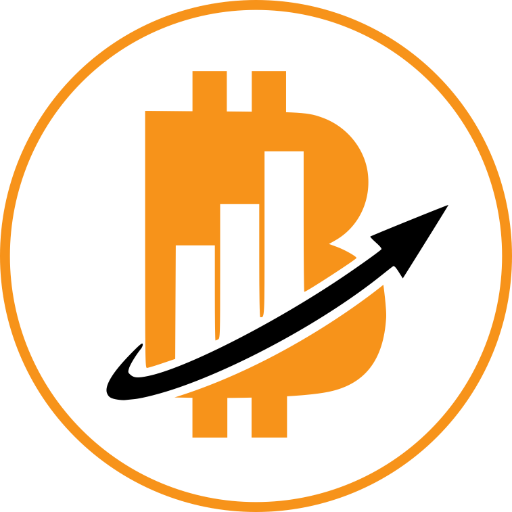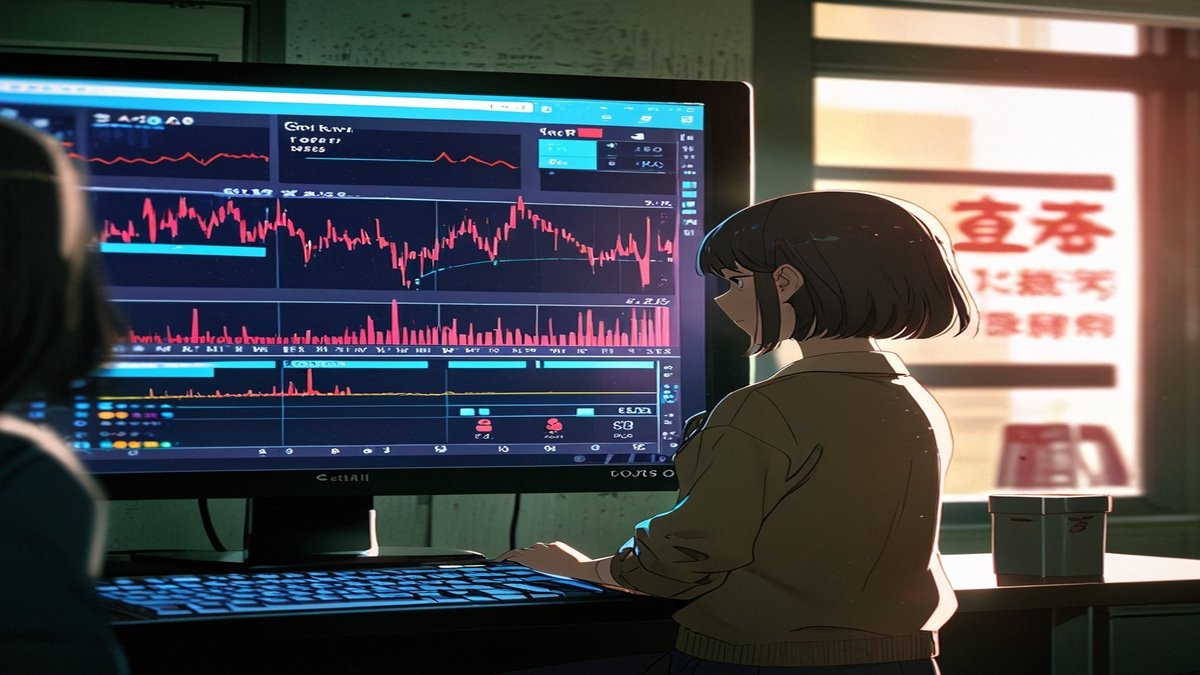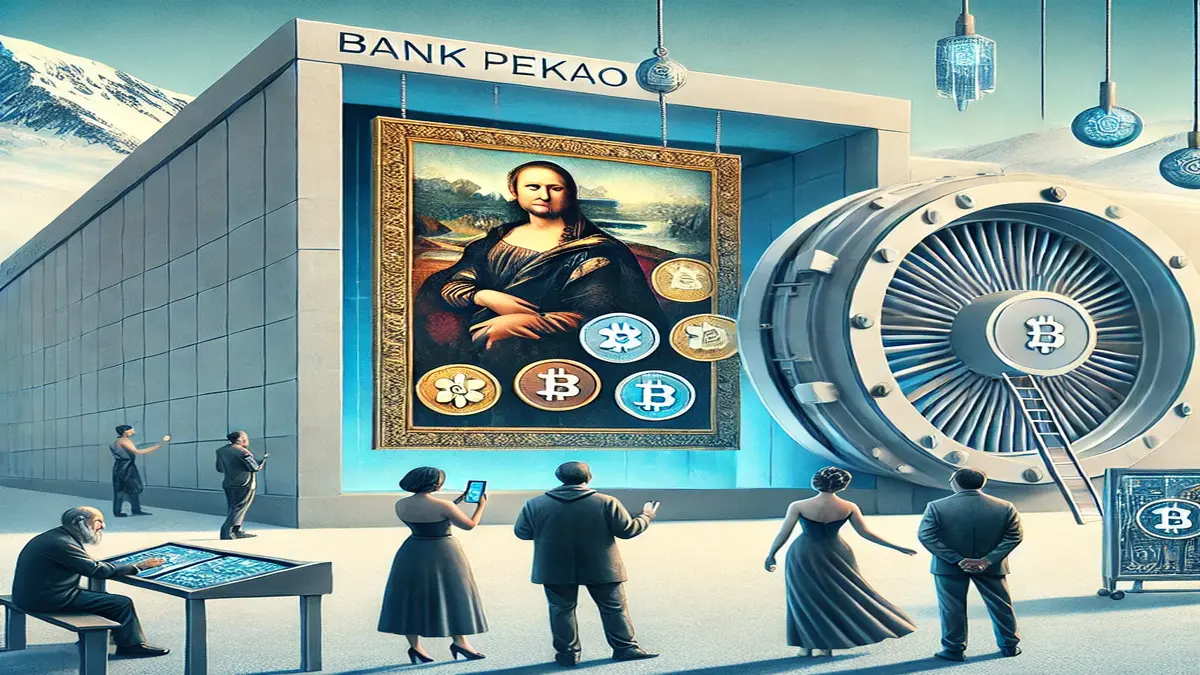Summary
The number of Ethereum (ETH) being held in accumulation has nearly doubled since January 2024, now crossing 19 million ETH. The high accumulation rate is due to approval of Ethereum Spot ETFs earlier this year.
Ethereum Accumulation Grows
According to CryptoQuant, Accumulation means holding Ethereum, where the holders aren’t actively spending or moving their assets. The number of said holders have grown significantly in 2024 for Ethereum. In January, the number of ETH being held was 11.5 million, but by October 18,this number reached 19 million ETH. Experts and Analysts believe that this number might cross 20 million by the end of 2024.
Ethereum ETFs Drive Interest
This rapid growth in accumulation is speculated to because by the approval of Ethereum Spot ETFs in early 2024, which boosted investors confidence. One CryptoQuant analyst noted:
“In early 2024, Ethereum Spot ETFs were officially approved, marking a new era. Regulations boosted confidence, making Ethereum mainstream.”
This has increased interest from both institutional and retail investors towards Ethereum.
Value of Accumulated Ethereum
Ethereum’s value in accumulated address is expected to hit $80 billion by the end of the year. This suggests that the value of Ethereum will reach $4,000. This would position Ethereum on par with some of the largest companies in terms of value.
Ethereum Holders in Profit
IntoTheBlock reveals that around 71% of Ethereum holders are in profit right now, with over 74% of holders having held their coin for over a year now.

The steady growth in accumulation, coupled with rising prices, signals confidence in Ethereum’s long-term value.









